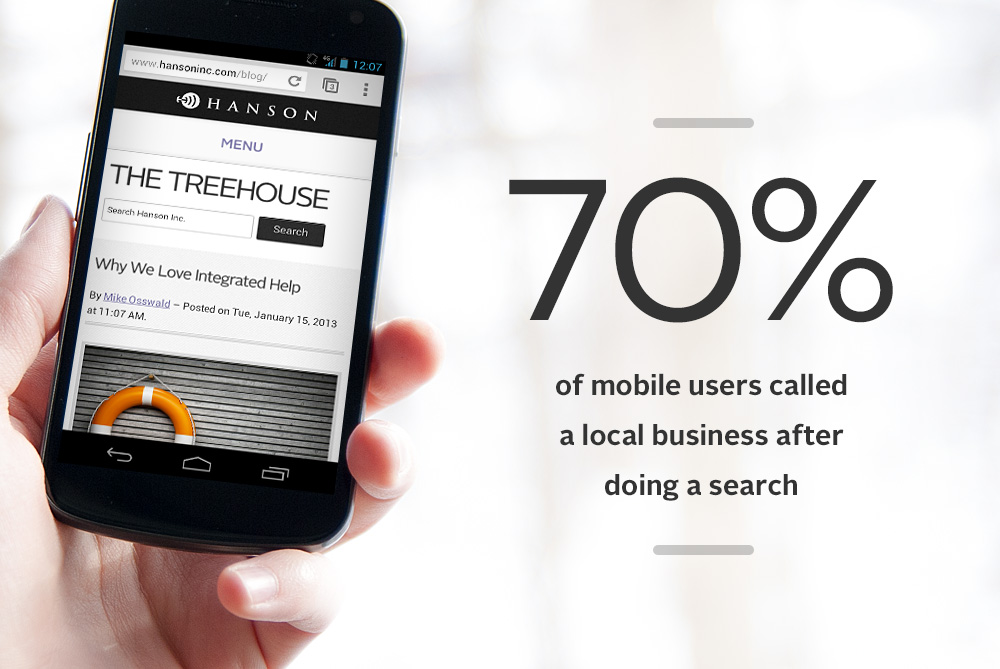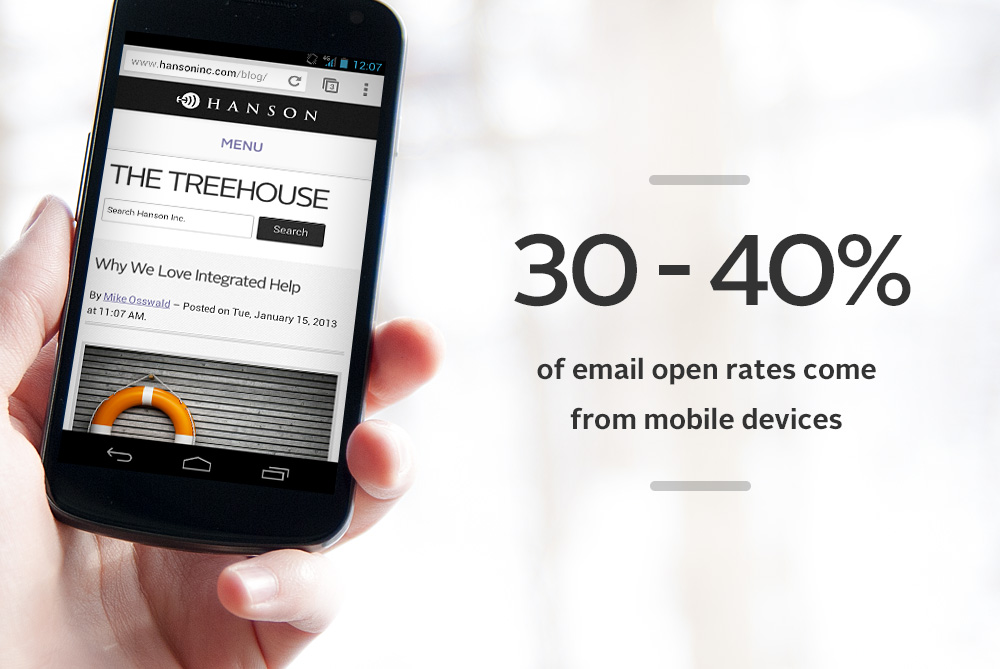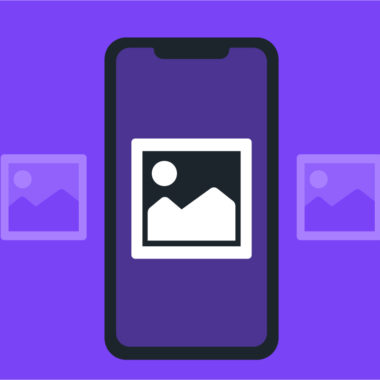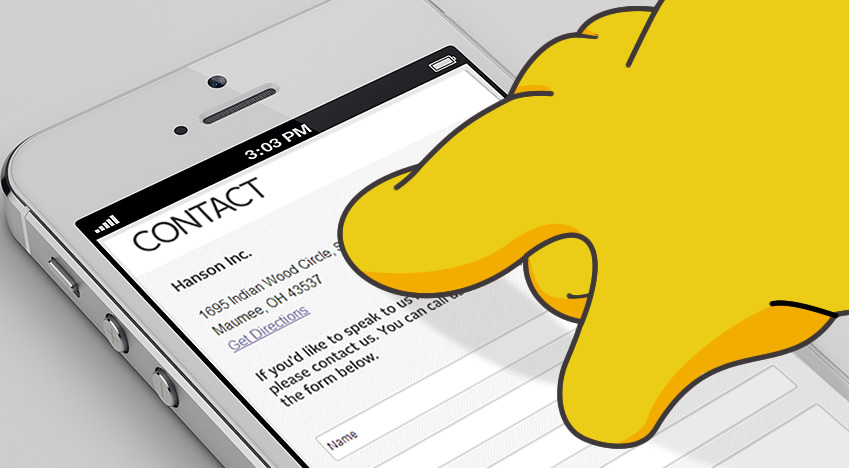4 Questions for Planning a Mobile Site
Back in January, I wrote about how a bad mobile experience leads to a bad brand experience. I urged you, if you hadn’t already, to make 2013 the year your business goes mobile. If you’ve taken that resolution to heart, you might be wondering: how do I get there?
Here are four questions to ask yourself when planning a mobile site.
1. What do site visitors need most from your mobile site?
This is determined largely by the kind of business you operate. If you are a restaurant, for example, your mobile site needs to provide different kinds of information to visitors than, let’s say, a flower shop. People who visit restaurant websites on a mobile device typically want quick access to the menu, hours and reservation or contact information. People who visit florist websites want to see arrangements, possibly categorized by occasion, color and price, along with contact information or the option to place an online order.
So how can you figure out the most important information visitors to your site need?
- Spend 30 minutes thinking like your customers. Check out what your competitors are doing, and note what is helpful about their sites and what isn’t.
- Hopefully you have Google Analytics on your current site and have learned how to use it. Segment your mobile traffic and look at the most viewed content on your site, your goals and your key performance indicators. This will reveal what your mobile visitors are doing most often.
- Finally, ask your customers what they would like! Run a poll, put the question out on your social platforms or just chat with a few customers.
The point is, making the right information available is a crucial step to the success of your mobile site. Simpler is better when it comes to mobile.
2. What do you want from your visitors?
Now that you’ve figured out what visitors want from your site, what do you want from them? Do you want phone calls, eCommerce transactions, email leads, all of the above? If you want want phone calls direct to store, make your number highly visible. If you want email leads, develop a simple form that is easy to fill out on a mobile phone.
And whatever information you want to collect from visitors, make sure you have the proper tags in place so you can track it all in your analytics package to see what is working the best.
3. Where are you located?
According to Google, 94% of users have searched for local info and 70% called a business after doing a search. This means it is imperative you optimize for your local market. Make sure you include your address, and use city names and zip codes, when appropriate, in your copy and metadata. Also take the time to set up your Google+ and Facebook pages to direct people to your site, and check Yelp and other review sites to be sure your website is listed accurately.
4. Which is better for you: a responsive design or a mobile site?
Responsive websites—that automatically adjust to the size of the viewing device (learn more from our SlideShare on responsive design)—are the new thing in web design, but desktop sites paired with separate mobile sites still have a place too. Talk with your digital agency about what type of site best fits your needs and your budget. (And use an agency that can develop both ways so they don’t steer you in the direction that best suits them instead of you.)
Answering these four questions will put you on the right track toward developing a successful mobile site. But remember, even when your site is “done,” your work isn’t done. Keep an eye on your analytics and keep optimizing based on the data. Do some A/B tests using online tools like Optimizely and UserTesting.com. And most importantly, keep talking to your customers.





